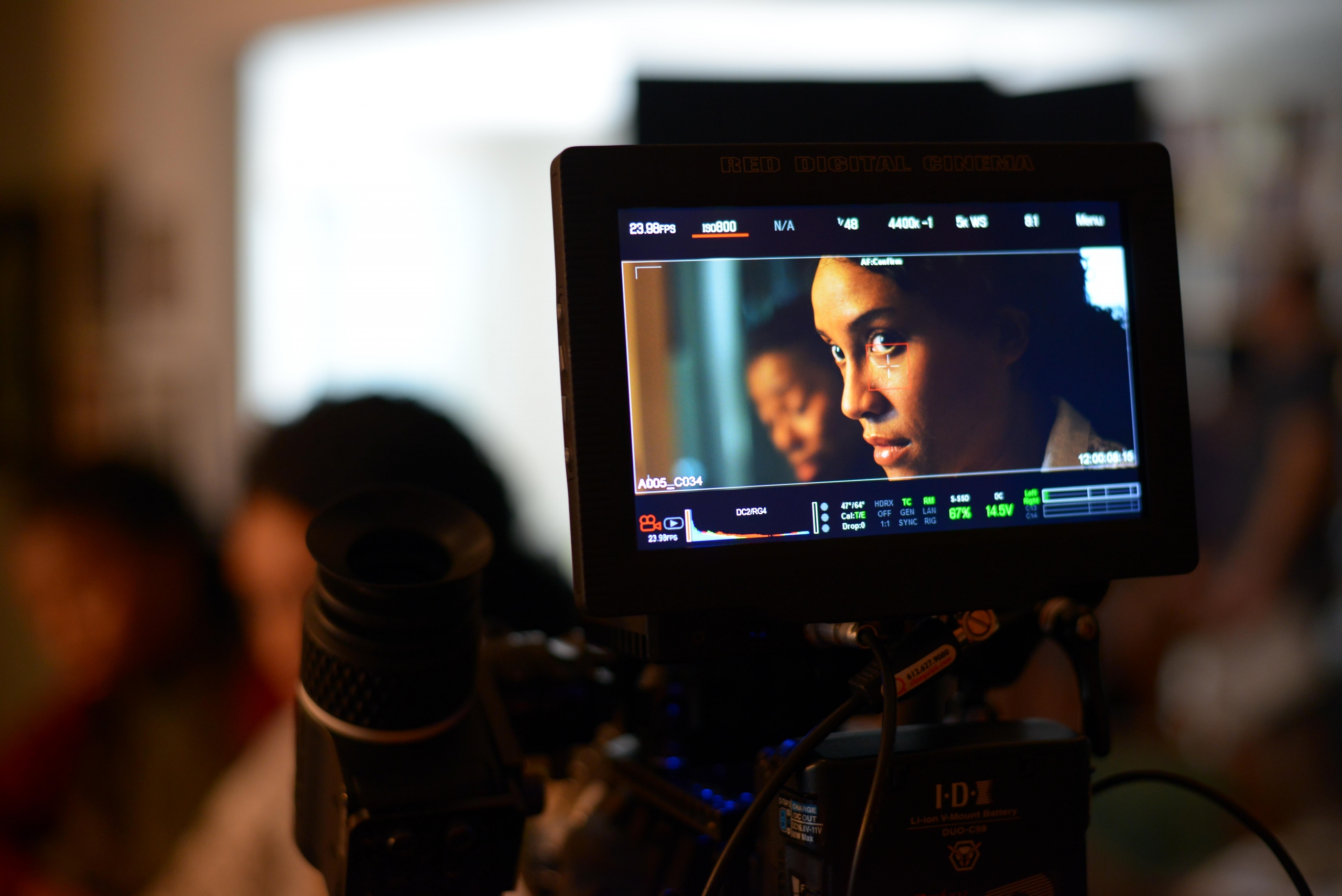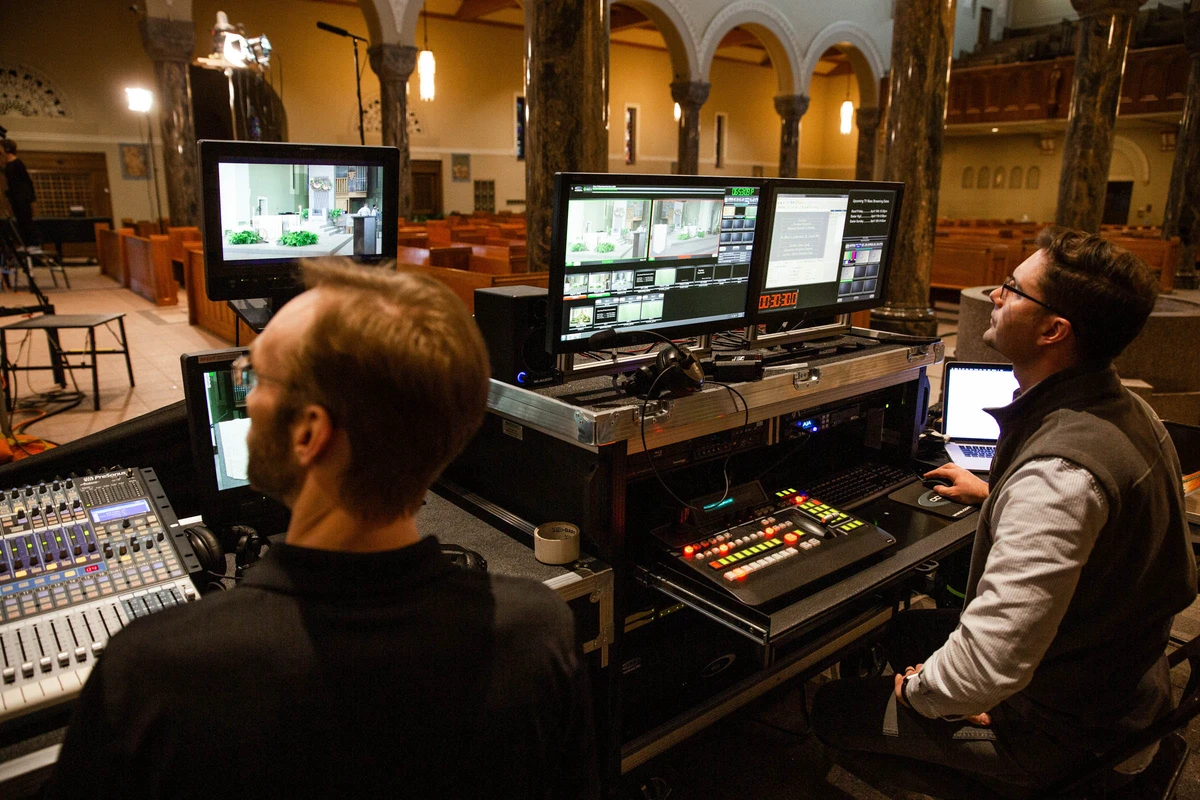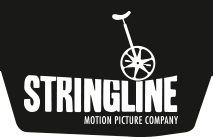The Ultimate Guide To Post-Production In 2023
Sometimes, we all wish we could skip to the finished product, right? We wish we could snap our fingers and our kitchen remodel would be done, we could instantly lift that heavy weight at the gym, or the movie we’re conceptualizing would appear in front of our eyes.
But as we all know, lots of hard work and time goes into creating excellent finished products, and it’s no different for film, television, or marketing videos. In fact, the final stage of the film production process is all about bringing the finishing touches together.
This ultimate guide will cover post-production, its steps, and why it’s important.
What Is Post-Production?
There are three stages of the film production process:
- Pre-Production: Research, scouting, rehearsing, planning
- Production (or Principal Photography): Shooting the footage
- Post-Production: Editing all the elements to create a finished product
Post-production is the ribbon that ties all the elements of the movie together. A number of film professionals work behind the scenes during this process, including:
- Sound engineers
- Editors
- Colorists
- Foley artists
- Music supervisors
- VFX (Visual Effects) supervisors
While post-production occurs in almost all video mediums like film, commercials, or even video games, the length and extent of the process will vary greatly. For example, a feature-length sci-fi/action film will have a much longer post-production process (a few months to a year) than a 30-second video advertisement (a couple of weeks).

Movie Magic: All the Steps of Post-Production
After all the hard work of pre-production and principal photography, there comes even more hard work! It would be great if the finished product was complete right away, but post-production can be incredibly fun and rewarding.
While the actors likely aren’t needed in post-production (unless there are pick-up scenes or dialogue that need to be captured), other crew members like the director, cinematographer, and producer will all be involved in at least some of the steps of the post-production process. (And there are a lot!)
The 10 main steps of post-production are:
1) Securely Storing Footage
Perhaps the most important step in the entire post-production process is making sure you have reliable storage. If you don’t have a secure place to hold all the footage you just spent hours (or weeks or months) shooting, there will be no further post-production. And everyone will be really sad.
Be sure to store your filmed footage on something tried-and-true, like a basic hard drive, spinning hard drive, or RAID.
“RAID” storage stands for “redundant array of independent disks,” and is essentially a combination of hard drives that can handle a lot of footage in a more reliable and optimal way.
You don’t ever want to lose your footage, so ensure secure storage is in place before moving on to any of the other steps in post.*
- *Fun fact: “Post-production” is often shortened simply to “post.” If you see the term “in post” in this article or hear it on a set, it means post-production.
2) Picture Editing
Post-production is often broadly summed up as “editing,” which isn’t too far off. Editing is a huge part of this process, even though many steps have more specific names.
The first editing process that goes underway is picture editing. This step is led by the editor, with some input from the cinematographer and director.
The editor will read the script and look at the unedited (or raw) footage for each scene. They will make an Edit Decision List (EDL) and cut the film how they think best serves the story.
A film editor is one of the most vital film crew positions because they have a lot of responsibility. Because of this, it’s very important to hire a knowledgeable editor who understands how to create a great visual story. Some of the best editing software programs trusted by film editors across the world are:
The first draft of the entire editing project is called the “rough cut,” and the final version is the “answer print.” When the director is happy with the visuals in the answer print, then post-production can move on to sound editing.

3) Sound Editing
When the picture is “locked in,” sound editors step in to complete a lot of detailed work. Many people don’t realize how many tasks sound editors complete because if the job is done right, you hardly notice it in the end. They’re responsible for things like:
- Assembling audio tracks in the film
- Removing unwanting noise
- Cutting dialogue tracks
- Adding sound effects
If a portion of the dialogue wasn’t captured clearly on set, actors may return to the studio to re-record dialogue over the scene. They’ll also do this for any voiceover moments, and a good sound editor will work the new recording seamlessly into the film. This process is called Automated Dialogue Replacement (ADR).
Have you ever heard of a foley artist? A foley artist is a specific kind of sound editor who creates sound effects in real-time, instead of pulling a pre-recorded sound effect from a digital soundbank. Foley artists will often watch the film in a studio and create the appropriate sound effects because the pre-recorded sound from the set doesn’t always sound good or accurate.
Many of the ways foley artists get to the end result of certain sounds are fascinating and even silly. For example, flapping bird wings are created by shaking a feather duster, and cracking ice can be achieved with a pinecone!
4) Music Scoring
Licensing other people’s music for your film can be exhausting and expensive, so it’s usually standard practice to hire a composer to create an original soundtrack for films. However, it is still possible to secure the rights to other people’s music for your film, and many filmmakers choose to go this route.
The music supervisor is the crew position that will handle securing recording, publishing, and licensing rights.
We love the unique film festival called “Film Score Fest” that takes place in St. Paul, Minnesota each year. For the event, filmmakers and composers are paired together and collaborate on a short film that’s under 5 minutes. The short films that are chosen to be screened are accompanied by an orchestra playing the score live!
5) Sound Mixing
When all the sound elements like the re-recorded dialogue, sound effects, and musical score are completed, they get handed off to the sound mixer. This is another challenging job that requires a lot of precision and patience. The goal is to sound as natural as possible so that the audience can’t point out an odd-sounding or out-of-place moment.
Sound mixers are in charge of adjusting the volume levels on all the sound elements and eliminating anything that sounds too distracting. They make sure that music isn’t too loud when characters are talking and that sound effects sound consistent throughout each scene.
6) Adding VFX
Many films or tv shows require a little bit of visual special effects. However, there are certain genres or storylines that rely heavily on VFX in post. The following films and television shows are examples of final products with a lot of VFX:
- Jurassic Park
- Interstellar
- Game of Thrones
- Avatar
- The Avengers
- Life of Pi
- Black Mirror
Whether your film requires fire-breathing dragons, a tiger on a small boat in the middle of the ocean, or a simple explosion, those elements get added during the VFX portion of post-production.
It’s very important for the picture edits to be locked in before VFX artists can begin. This is because VFX artists must work frame by frame, so if something gets added in or swapped, they need to completely start over.
7) Color Grading
Color grading is one of our favorite elements of post-production. This is when the film or video really starts to come together.
Do you know how you might edit photos before posting them on social media? Usually, people will put a filter on their photos that changes the colors to reflect a mood or style. Color grading in cinema is a similar idea, but more involved.
Color grading is the process of colorizing the film to fit the mood or style the director is going for. For example, a romantic comedy may be more bright and warm, while a horror film may need cooler, less-saturated colors.
Check out this video to see how color grading completely transforms raw footage:
8) Create Credits & Graphics
In this next step, the editors create the opening and closing credits, title cards, and any other necessary graphics and add them into the film. Opening credits in particular are incredibly important for capturing the overall tone of the film and setting up the audience for success.
You can probably tell that the post-production process is nearing the end at this point! Even still, the same amount of precision and care is required to finish the process strong.
9) Prep for Distribution
Hopefully, you want lots of people to see your movie, even if you just plan on submitting it to a film festival or two. You need to prep for distribution by making sure you have a Music and Effects track. Additionally, if you plan on distributing your film internationally, you need to provide a soundtrack with English dialogue to make language dubbing possible.
If you plan on sending your film out to movie theaters, the completed version will need to be stored on a hard drive. Encode your movie in a Digital Cinema Package so that it can be distributed to theaters.

10) Advertising the Film
Finally, you’ll need to create advertising materials like a poster, campaign image, and trailer. These elements are very fun to create, and they hold a lot of power as the first thing the audience sees before the film is even available to watch.
Make sure these advertising materials effectively capture the mood, tone, and story of the film in a short amount of time. It can be challenging to produce successful trailers and posters, so if you have the budget, bring in a professional poster designer or trailer editor.
“Fix It In Post:” Why Post-Production Is Important
When on a film set, you may hear the phrase “fix it in post” thrown around a lot. Sometimes, people mean it as a joke, and other times, it’s absolutely serious! Post-production is the place to solve any issues that came up during filming, find creative solutions, and tie all the elements together into one incredible final product.
Post-production is just as important in the filmmaking process as recording the actors saying their lines. The only way to end up with a wonderful final product is to invest in a quality post-production process.
In Need of a Skilled Post-Production Team? Call Stringline!
It’s clear that there are a lot of time-consuming elements in post-production that require a lot of skill, experience, and dedication. The last thing you want is to spend hours upon hours in pre-production and principal photography only to end up with a less-than-desirable final product because you didn’t have the right post-production crew.
The talented producers at Stringline Pictures have helped hundreds of people just like you bring their ideas to life with a fool-proof post-production process.
Reach out today to tell us more about your video project!



